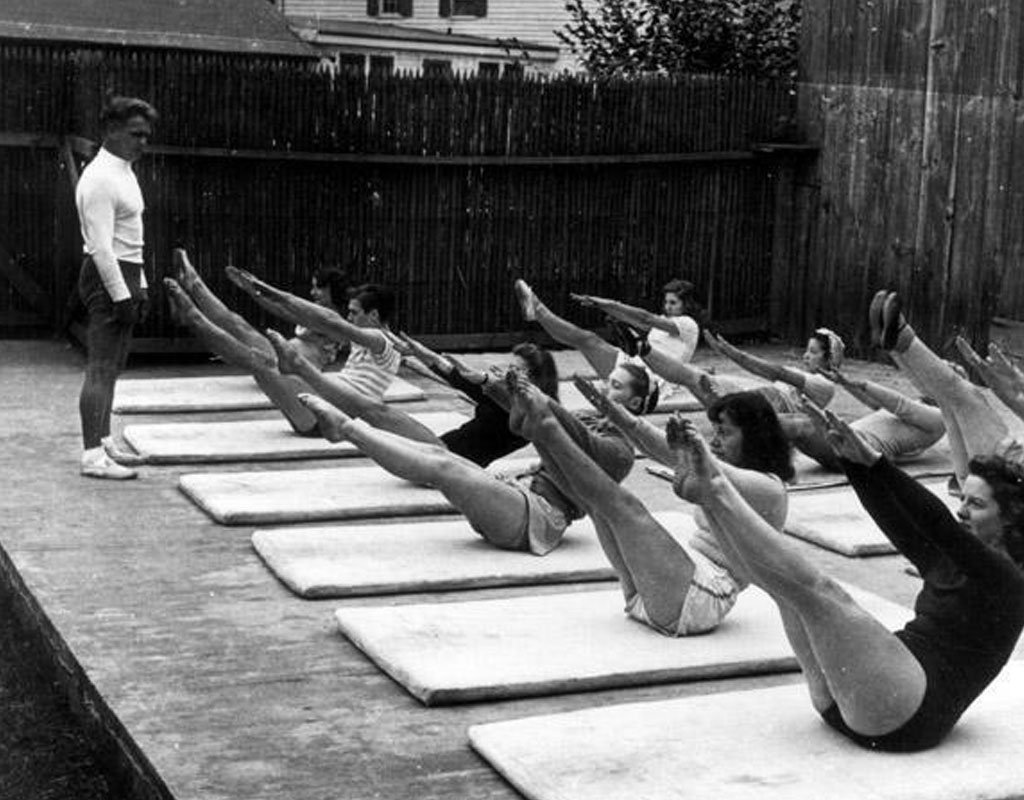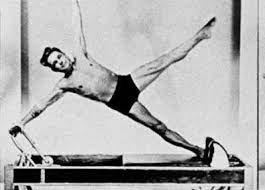Pilates: A history
The History of Pilates
Where did Pilates come from?
Created over 100 years ago, Joseph Pilates created a method called Contrology. Later to be known as the Pilates Method, as a homage after his death.
For many years he studied lots of different disciplines. Having been a keen boxer and gymnast he chose to explore lots of exercise methods and begun to create a whole body workout which he called Contrology. The aim being to create controlled movements incorporating breath, rhythm and core strength.
Most people think that Pilates Matwork is the entry level work and working on the apparatus is then the more advanced and challenging.
However this is a common misconception of the method. Mr Pilates created his work on the apparatus, even building new pieces of equipment to suit some of his individual clients needs.
Mostly you would learn the reformer repertoire and then move onto other items of apparatus depending on what your body needed that particular day.
He begun his teachings during the first world war, when he was interned with other German nationals. He taught the other internees his method and even begun creating apparatus in hospitals, by adding springs to the hospital beds to help support patients back to full health.
In the early 1920’s he emigrated to America and opened up his first studio with his wife Clara in New York City.
He continued to create apparatus for his clients, designing them specifically to help with their needs.
His aim was for clients to attend the studio 3/4x a week. He would teach them the repertoire and expect them to continue on their own, offering support as and when needed and new exercises once he could see they were mastering the ones previously given.
He would then teach them matwork to take home, for the times when they were unable to attend the studio they could continue practice at home.
The matwork is actually considered some of the hardest material in the repertoire due to having minimal support, and no resistance to guide and challenge the body. Therefore you need to have a deeper awareness and understanding of your body in order to get as much from the matwork as you would the apparatus.
Still to this day the Classical method is taught; the original 34 matwork exercises and the original exercises on all pieces of the apparatus.
The method will help to increase stability, strength, flexibility and stamina. When practiced regularly you will see results not only during your practice but in the way you carry yourself through every day life.
“Through the Pilates Method of Body Conditioning this unique trinity of a balanced body, mind and spirit can ever be attained. Self-confidence follows.”




